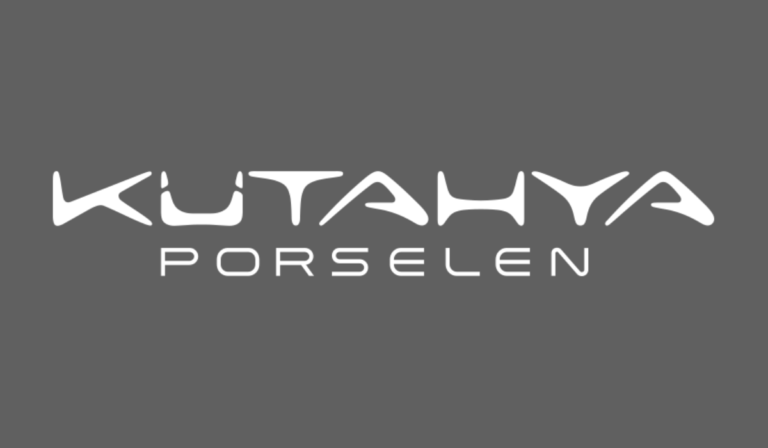Table of Contents
As I wandered through the labyrinthine alleys of Istanbul’s Grand Bazaar, the intoxicating aromas of spices and freshly brewed tea enveloped me, drawing me in like a magnet. That’s when I spotted it – a stunning handcrafted rug, its intricate patterns beckoning me to take a closer look. I approached the vendor, my heart racing excitedly, and the dance began. “Merhaba! How much for this lovely piece?” I asked, my voice trembling with anticipation. And so, my haggling adventure commenced.
Haggling is an art form that runs deep in Turkish market culture. For many tourists, the prospect of bargaining can be daunting, but with a little know-how and a dash of confidence, you’ll secure fantastic deals and immerse yourself in this rich tradition like a true pro.
Unraveling the Mystique of Turkish Haggling Culture
In Turkey, haggling is more than just a means of getting a lower price; it’s a way of life. It’s a social interaction, a form of relationship-building between buyer and seller. Vendors expect and welcome the back-and-forth of negotiation, and engaging in this practice demonstrates your respect for their culture.
Haggling is not a confrontational or adversarial process but a friendly, light-hearted exchange. I approach it with a smile and an open mind, ready to engage in good-natured banter.
Preparing for the Haggling Fray
Before diving into the haggling fray, it’s essential to do your homework:
- Research typical prices: I familiarize myself with the going rates for the items I’m interested in. This helps me gauge whether a vendor’s initial offer is reasonable and gives me a starting point for negotiation.
- Set a budget and walk-away point: I determine the maximum amount I will spend on an item and stick to it. Having a clear limit in mind prevents me from getting carried away in the heat of the moment.
- Handle cash and currency: I carry small bills and coins in the local currency. This not only makes transactions smoother but also demonstrates my savvy to vendors.
Haggling Etiquette and Strategies
Now that I’m prepared, it’s time to put my haggling skills to the test:
- Initiate the interaction: I express interest in an item and ask for the price. When the vendor responds, I counter with a significantly lower offer, around 50% of the initial price. This may feel bold, but it’s expected and sets the stage for negotiation.
- Make offers and counteroffers: The vendor will likely counter my offer, so the dance continues. I’m patient and willing to go back and forth a few times. Incremental increases from my initial offer are key.
- Maintain a friendly demeanor: I remember haggling is a social interaction. I smile, joke, and engage in friendly conversation. I compliment the vendor’s wares and express my appreciation for their craftsmanship.
- Know when to walk away: If I and the vendor can’t agree, I’m prepared to walk away politely. This can often lead to the vendor calling me back with a better offer. If not, rest assured that there are plenty of other opportunities to find that perfect souvenir.
| Item | Initial Price | Reasonable Counteroffer |
|---|---|---|
| Hand-woven rug | 10000 lira | 7500-6500 lira |
| Leather handbag | 2000 lira | 1000-1200 lira |
| Spice set | 1000 lira | 400-500 lira |
Useful Turkish Phrases for Haggling
- “Çok pahalı” (Chok pah-hah-LEE): That’s very expensive
- “Indirim yapabilir misiniz?” (Een-dee-reem yah-pah-bee-leer mee-see-neez): Can you give me a discount?
- “Son fiyat ne olur?” (Sohn fee-yaht neh oh-loor): What’s your best price?
A Sample Haggling Scenario
Let’s revisit that beautiful rug in the Grand Bazaar. The vendor’s initial offer is 1000 lira. I counter with 400 lira, which elicits a good-natured laugh from the vendor. He counters with 800 lira, highlighting the rug’s quality and craftsmanship. I express my appreciation but stand firm at 500 lira. The vendor pauses, then smiles and offers the rug for 600 lira. I agree, shake hands, and walk away with my treasure, both the vendor and I satisfied with the friendly exchange.






